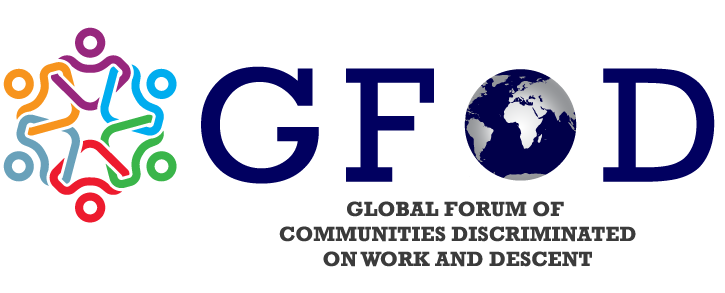In Bangladesh, caste discrimination affects both the Hindu and the Muslim population, and perpetuates the poverty-trap these communities are caught in. While Hindu Dalits are often categorized as Harijans, Muslim Dalits are classified as Arzals.
Dalits exist far below the poverty line, with extremely limited access to health services, education and employment. They live in colonies with very poor housing and work opportunities, and are almost exclusively employed in menial jobs. Here, the segregation is based on traditional occupations associated with specific groups or communities that are considered low in the status hierarchy and are often low paid.
Dalits lack access to education, face extreme poverty, endure health and housing problems, and have unequal access to work, putting them low in all development indicators of the country. A large number of child labourers in Bangladesh are Dalits. Members of minorities, most of whom are Dalits, hold almost no official positions. ‘Untouchability’ is rampant.
Estimates of the number of Dalits in Bangladesh vary from 3.5 to 5.5 million. Similar to the Hindu notions of purity and pollution, Muslims also follow a hierarchical social order.
Dalit women face discrimination at different levels. While other groups of women and some Dalit men are moving forward in education, economic empowerment, access to justice and government services, Dalit women are left behind. They face various kinds of human-rights violations, including abductions, sexual harassment, rape, torture, threats and intimidation, and lack of access to public services.
They have been much overlooked in the development and rights discourse, and have only recently been able to raise their voice. Having started to engage with the government and international donors, Dalit organizations working for Dalit rights and entitlements have now managed to place the issue of caste discrimination on the state agenda.
Courtesy Rights Expert Bangladesh
CDWD Population in Asian Countries (In Million)
Bangladesh CDWD Representation (In Million)
Latest from Bangladesh
It seems we can’t find what you’re looking for. Perhaps searching can help.
